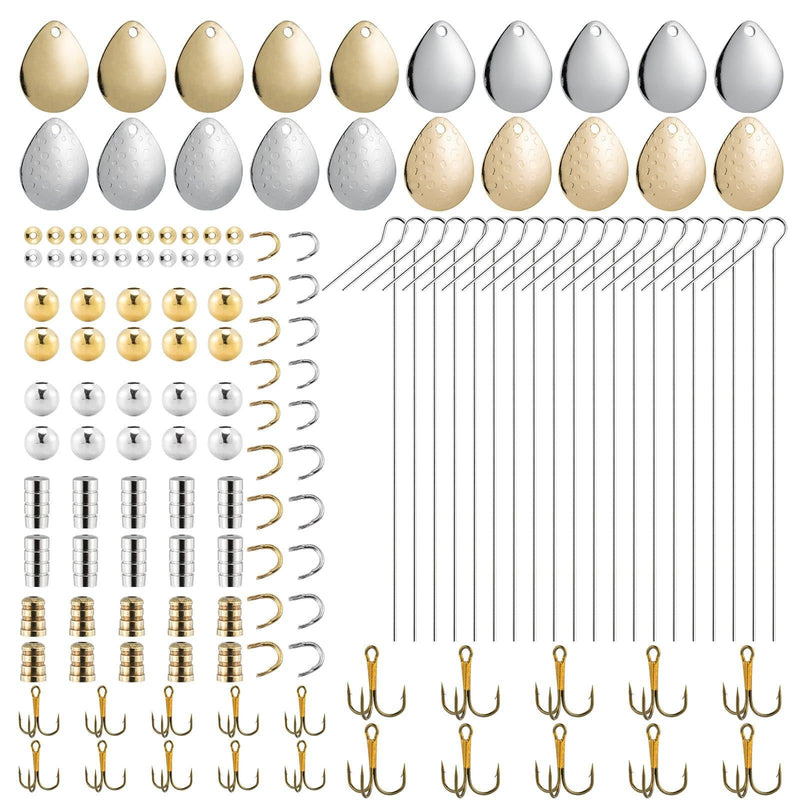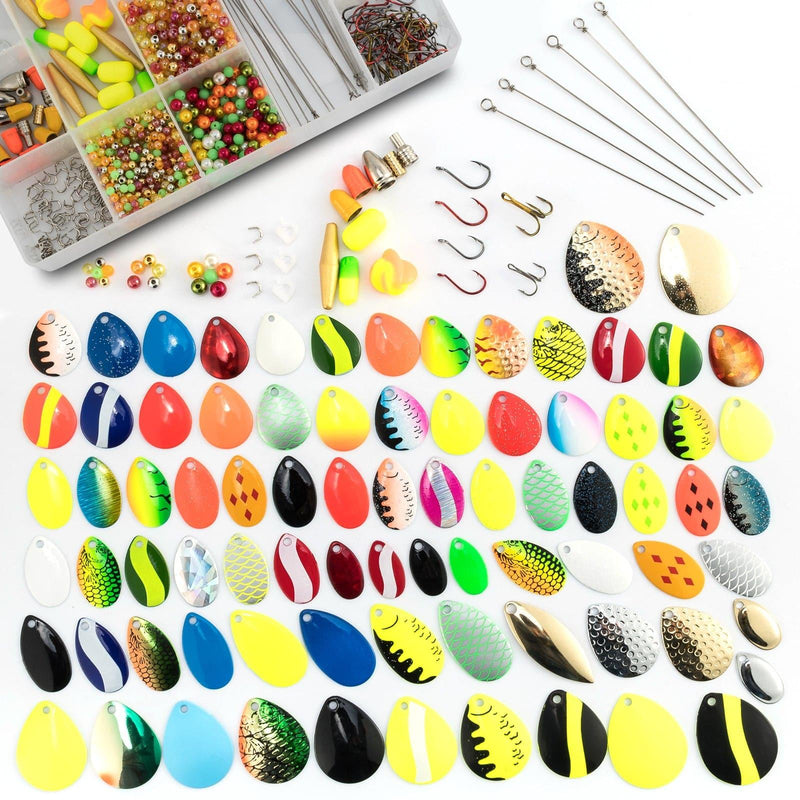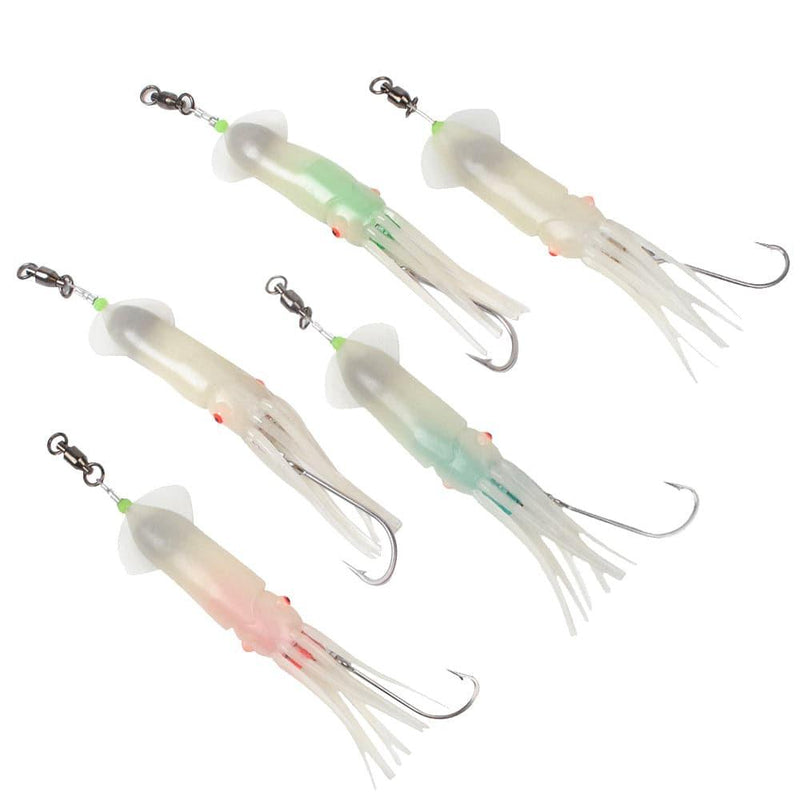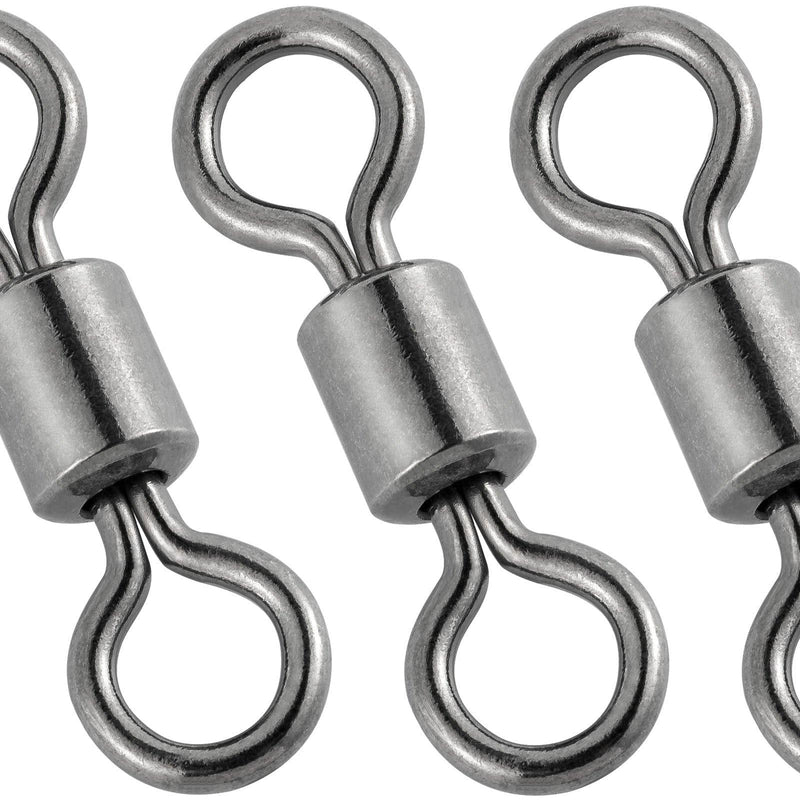Introduction
Are you an avid angler looking to up your fishing game? Look no further than the fishing spinning reel. This versatile and user-friendly tool is perfect for both beginners and experienced fishermen alike. In this blog post, we'll explore everything you need to know about fishing spinning reels.
What is a Fishing Spinning Reel?
A fishing spinning reel is a type of fishing reel that mounts beneath the rod and uses a line that is fixed to the reel's spool. Unlike other types of fishing reels, such as baitcasting or fly reels, spinning reels are designed to be used with light lures and bait, making them ideal for catching smaller fish species like panfish, trout, and bass.
The main advantage of a spinning reel is its versatility and ease of use, making it suitable for both beginners and experienced anglers. It can be used with a variety of fishing lines, including monofilament, fluorocarbon, and braided lines. Spinning reels are commonly used for targeting a wide range of fish species, from small panfish to large game fish like bass and salmon. Another key feature of a spinning reel is its ability to provide smooth and consistent drag pressure when fighting a fish. This helps prevent the line from breaking or snapping under stress, increasing the chances of landing a catch.
Fishing Spinning Reel Structure
A spinning reel consists of several parts, including the spool, handle, bail, and drag system. The spool holds the line, while the handle is used to rotate the spool during casting and retrieving. The bail is a metal or plastic arm that flips up to allow line to flow off the spool during casting. The drag system applies pressure to the spool to control the force applied by a fighting fish.

- Spinning Reel Size
The size of a spinning reel is determined by the diameter of the spool and the length of the handle. The size of the reel you choose will depend on the type of fishing you plan to do and the species of fish you are targeting.

In addition to the size of the reel, you should also consider the type of drag system it has. A star drag system is suitable for light to medium fishing, while a front drag system is better for heavy fishing.
- Drag System
The drag system on a fishing reel is a crucial component that allows the line to release under pressure when a fish pulls on it. This helps prevent the line from breaking or snapping under stress, increasing the chances of landing a catch. The drag system applies resistance to the spool, which slows down the rotation and controls the amount of line that can be pulled off during a fight with a fish. There are two main types of drag systems: star drag and front drag. Star drag systems have a series of washers stacked together, while front drag systems use a single washer and a spring to control the pressure. Both types of drag systems require adjustment to ensure they provide the appropriate level of resistance for different fishing situations.
- Line Capacity
The size of the spool on a spinning reel determines how much fishing line it can hold. It is typically measured in yards per pound (yd/lb), which indicates the length of line that can be held on the spool for a given weight rating. For example, a reel with a spool capacity of 150 yd/lb can hold 150 feet of 8-pound test line. Generally, larger spools can hold more line and are better suited for larger fish species. Smaller spools are better for panfish and other small game fish. After selecting a reel with the appropriate spool capacity, it is also important to choose the right fishing line. Here are pros and cons of 3 main fishing lines to help you pick up the best fishing line.
Pros and cos of three main fishing lines:
- Gear Ratio
The gear ratio of a spinning reel refers to the number of times the spool rotates for each complete turn of the handle. This ratio is a critical factor in determining how quickly or slowly you can retrieve the line, which in turn affects your ability to cast and fight fish effectively.
How to Use a Spinning Reel
After you know the basic of spinning reel, let’s go further to explore how to use it properly.
- Filling Spool with Line
You will find that it is easier to fill the spool with line while the reel is mounted on a rod.
Step 1. Open the bail, tie line to the spool, then turn the reel handle forward to close the bail.
Step 2. Keep the line under tension with your fingers while turning the handle to spool the line onto the reel. IMPORTANT: The line must come off its storage spool and onto the reel spool in the same direction that the bail is turning in order to avoid line twist.
Step 3. Fill the spool to about 90% full. Do not overfill–this will cause the line to coil off the edge of the spool and tangle. Do not under fill–this will decrease the reel’s casting efficiency. Line clip on the spool hold line neatly in place once you have filled the spool with line.
- Setting Drag
The drag knob sets the spool’s tension, which allows the line to be pulled out under a certain force.
Step 1. Turning the drag knob clockwise increases drag, rotating it counter clockwise decreases drag.
Step 2. Set your drag with the reel on the rod you will be using, with line fully strung through rod guides.
Step 3. Put the reel’s anti-reverse lever to the RIGHT position.
Step 4. Hold the rod at a 45° angle and have someone pull on the line while you decide on the proper drag tension. Or you can tie the line to a stationary object and back up while holding the rod at the same 45° angle.
Step 5. Once you make the initial drag setting, it can be easily adjusted if needed.
- Selective Anti-Reverse System
Simply flip the switch on the back of the reel to the LEFT, then anti-reverse is engaged. This means the handle will not rotate backwards. Flipping the switch to the RIGHT will disengage the anti-reverse and allow the handle to rotate freely in either direction.
- Convert handle side
Remove the knob opposite to the handle. After removing it, you will see a white plastic cap inside, remove it too. Pull out the handle, install it to your favorable side, and then put the white cap and the knob back on the other side.
Conclusion
By understanding these basic concepts about spinning reels, it’s easier for you to choose the right one for your next fishing adventure. Whether you're chasing after that elusive trophy fish or enjoying a relaxing day by the water, choosing the right spinning reel will be your trusted companion on every fishing adventure.







0 comments